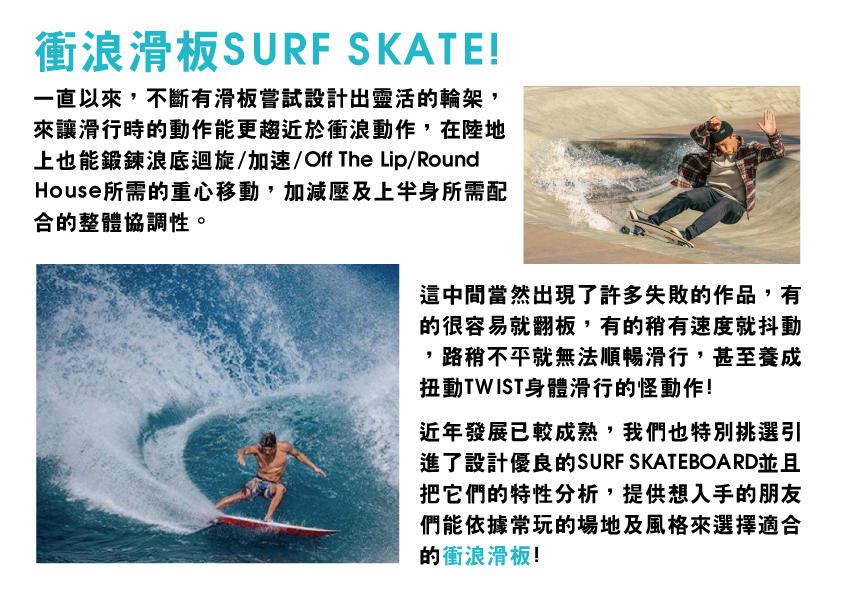The Diné Skate Garden™ emerged as a labor of love within the tight-knit community of Toadlena, also known as "Tóhaaliní" (Where the Water Flows Out), nestled in the Two Grey Hills chapter of the Navajo Nation. In this remote enclave, outdoor recreational facilities are a rarity, but the resilient spirit of the community, fueled by a DIY ethos, prevails. Our journey with this project began through the introduction to Diné artist and surfskater, Di’orr Greenwood, who just so happens to be the Swirl Surfskate Fest 2022 champion. As conversations unfolded, a natural partnership emerged. With Di’orr at the helm of the artwork, crafting a visually captivating Navajo graphic, this collaboration aspires to make skateboarding accessible to indigenous youth. Together, we aim to transform lives through the empowering spirit of skateboarding.
Adorned with striking Navajo graphics by Diné artist Di'orr Greenwood, this board is a fusion of precision engineering and artistic flair. With it’s wider spooned nose and big tail, this board is a powerhouse packed into a 31.25” length.
Every purchase of the Carver x Diné Skate Garden model supports the skatepark project and transforms lives of youth in the Navajo Nation.
Components :
-
Truck Option: CX
-
Truck Color Option: Raw Only
-
Wheels: 69MM ECO CON Aqua 81A
-
Bearings: Built-In
-
Grip Tape: Deck Pad
-
Hardware: Stainless Steel
-
Length: 31 1/4"
-
Width: 9 7/8"
-
Wheelbase: 17 1/2"
-
Nose: 3 1/4"
-
Tail: 6 1/2"
Specs :
-
Length: 31 1/4"
-
Width: 9 7/8"
-
Wheelbase: 17 1/2"
-
Nose: 3 1/4"
-
Tail: 6 1/2"

.png)


HISTORY OF CARVER SKATEBOARDS
It all started one quiet summer in Venice, California in 1995. Greg Falk and Neil Carver had been surfing all winter, and were pumped to surf the warmer waters of the Breakwater during the long days of summer, but it was as flat as a puddle. Not even a longboard ripple to justify getting wet. So, like the many generations before them, they took to the streets with skateboards in search of hills to surf.
The historic neighborhoods of Venice and Santa Monica are a veritable skatepark of steep alleys and banks, and as they dropped in on those asphalt waves they were struck with how unlike surfing it was. Sure, they sort of got a surf-like experience, as much as standing on a board and banking turns can provide, but they really missed the snap and drive that a surfboard has, that crisp pivot you get at the tail that lets you really pump a wave for speed. Their skateboards felt stiff by comparison. They tried loosening the trucks even more but all they got was speed wobble, and the steepest hills became virtually unskateable.
And even with those loose trucks, the dynamic of the turn was still all rail-to-rail, symmetrical nose-to-tail. Picking up the nose to tic-tac at high speed down a steep incline was sketchy, so they were left only imagining the performance they wanted, unable to get that feel with any skateboard on the market.